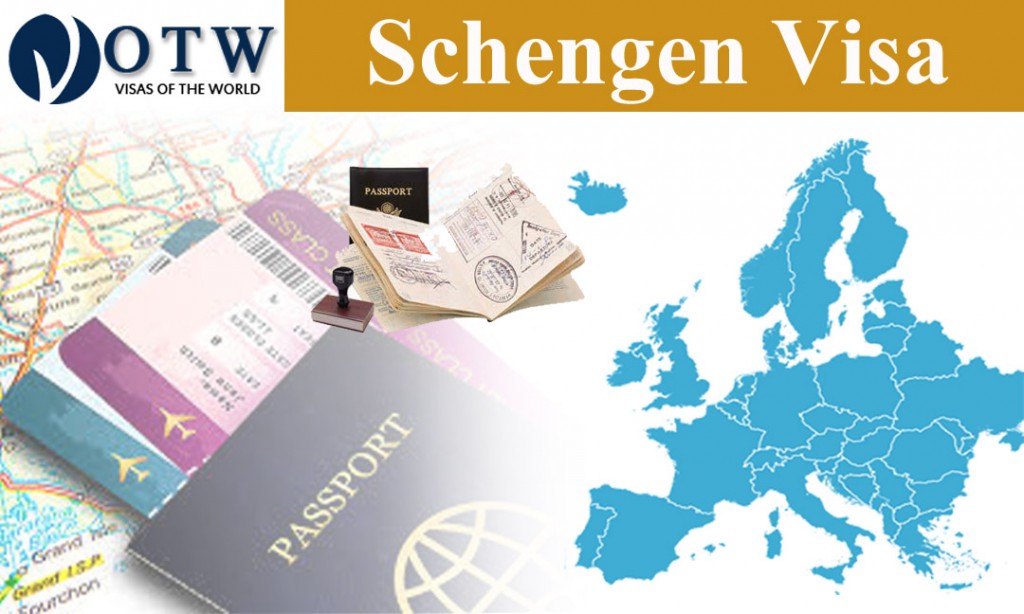Decades back in 1985 when it was decided by the five European Union (EU) states to abolish the inner border controls, the Schengen region was brought into picture. Since inception, the Schengen region grants unhindered travel permit within all Schengen countries. Today, there are 26 countries that come under the Schengen territory out of which, 22 countries are the part of EU states and remaining 4 countries are the part of the European Free Trade Association (EFTA). In total, there are more than 400 million citizens today who reside in these Schengen countries.
Prior to the formation of Schengen territory, Europe used to be a dream destination for globetrotters. Today with unrestricted access to all these Schengen countries, the demand for Schengen visa has been ascended manifold. Like many other countries, every year a large influx of Indian tourists can also be observed across different Schengen countries including Spain, France, Germany, Switzerland, Luxembourg, Poland and Austria. As per one of the surveys conducted by the Internal Migration and Affairs of the European Commission, more than 7 lakh Schengen visas were submitted by Indian applicants in 2015, and the figure is mounting on a rapid scale.
For the first timer, garnering a Schengen Visa is not an easy move. People who think a Schengen visa is just another legal document allowing them an access to the periphery of Schengen region, here’s what they all need to take a serious note before applying for the same:
- Transit through or an intended stay in the territory of the Schengen states for duration of no more than 90 days in 180 days period (short stay visa)
- A Schengen travel visa can be issued to an applicant for sightseeing, study, work, business or to meet a friend or family members staying there in any of the Schengen countries. The validity of such visa is 3 months.
- Global travellers can avail three types of Schengen visas, which include Limited Territorial Validity Visas (LTV), Uniform Schengen Visa (USV) and National Visas.
- Indian passport holders seeking a trip to Spain are suggested to book an appointment 15 days prior to the departure. This is the time frame when the Embassy/Consulate undergoes the entire visa issuing procedures. Besides, applicants can also apply for a Schengen visa 12 weeks prior to their travel date.
- There are 19 other countries that are neither a part of the EU states nor of the Schengen region. But applicants from the non-Schengen countries holding a valid Schengen Visa can access to their territories.
- One of the most imperative phases of Schengen Visa application is filling up the Visa Form correctly and submitting the same along with all essential documents. Applicants have to be very observant while filling-up the visa forms and all the documents should be provided as per the Embassy/Consulate guidelines. Depending on the purpose of visit and type of visa, the document prerequisites will also vary. However, some of the pivotal documents required for all kind of Schengen visas include confirmed air tickets, recent photographs, passport, proof of accommodation, bank statement and a covering letter mentioning the purpose of visit. In addition, an applicant may also be asked to provide some additional documents. Also, make sure to pay the visa fees in full amount at the time of form submission.
- Visa interview is the next essential parameter for granting a Schengen visa. Applicants are suggested to keep all the required documents during the time of visa interview and they should be confident enough while facing the interview. Dress-code should be decent and formal. Do your home work with facts and figure before the interview. Make sure your statements complement the documents provided by you.
- Medical insurance is also an indispensable prerequisite for Schengen visa.
Therefore, it can be said that obtaining an entry key to Schengen countries not necessarily depends on the visa agency. As long as there is no fuss with your paperwork, Schengen visa is nearly in your grasp.
